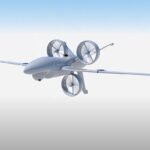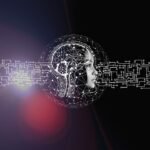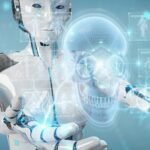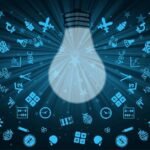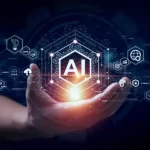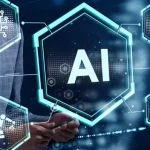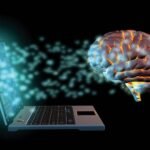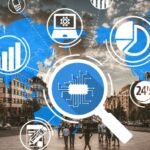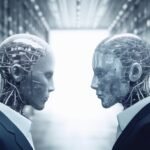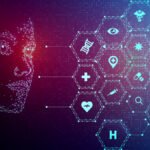AI in Environmental Monitoring: AI applications for monitoring air and water quality.
The growing concerns over environmental degradation and its impact on human health have prompted the need for advanced technological solutions. Among these, artificial intelligence (AI) stands out as a powerful tool that has the potential to revolutionize how we monitor and manage air and water quality. By leveraging AI’s capabilities in data analysis, pattern recognition, and prediction, we can gain deeper insights into environmental conditions and make informed decisions to safeguard our planet’s precious resources.
The Challenge at Hand
Air and water pollution pose significant threats to ecosystems and human well-being. Traditional methods of environmental monitoring involve collecting samples manually and analyzing them in laboratories. These methods are often time-consuming, labor-intensive, and lack the real-time data required for prompt interventions. This is where AI steps in, offering a more efficient, accurate, and cost-effective approach to monitoring and managing environmental quality.
AI in Air Quality Monitoring
- Real-time Data Analysis: AI algorithms can process vast amounts of real-time data collected from sensors, satellites, and various sources to provide accurate and up-to-date information about air quality. This allows authorities to take timely actions in response to pollution spikes or other anomalies.
- Predictive Modeling: Machine learning models can analyze historical data to predict air quality trends and potential pollution events. This enables proactive measures to be taken, such as issuing warnings, adjusting industrial operations, or implementing traffic management strategies.
- Source Identification: AI can identify pollution sources by analyzing data patterns and wind patterns. This helps pinpoint industries or areas contributing most to pollution, aiding regulatory efforts and targeted interventions.
- Public Awareness: AI-powered applications can provide real-time air quality updates to the public, helping individuals make informed decisions about outdoor activities and minimizing exposure to harmful pollutants.
AI in Water Quality Monitoring
- Early Detection of Contamination: AI algorithms can analyze sensor data from water bodies to quickly detect changes in water quality. This early detection enables swift responses to contamination events, reducing the risk of widespread pollution.
- Optimizing Resource Allocation: AI can optimize the deployment of resources for water quality monitoring by identifying high-risk areas and prioritizing sampling efforts. This ensures efficient allocation of limited resources.
- Ecosystem Health Assessment: Machine learning can analyze complex relationships between water quality parameters and ecosystem health, providing insights into the overall ecological well-being of aquatic environments.
- Continuous Monitoring: Traditional methods of water quality assessment involve periodic sampling, which might miss short-term variations. AI allows for continuous monitoring, capturing fluctuations and providing a more accurate picture of water quality dynamics.
Challenges and Considerations
While the potential of AI in environmental monitoring is promising, several challenges must be addressed:
- Data Quality: Reliable AI models depend on high-quality and accurate data. Ensuring data consistency and reliability from various sources is crucial.
- Model Interpretability: Interpreting AI model decisions is vital, especially when regulatory and policy decisions are based on these models. Developing transparent and interpretable AI systems is essential.
- Data Privacy: Gathering and sharing environmental data raises privacy concerns. Balancing data access for research and policy-making while safeguarding individual privacy is a delicate challenge.
- Infrastructure and Accessibility: Not all regions have access to advanced technology infrastructure. Ensuring accessibility and affordability of AI-powered monitoring solutions is important for equitable environmental protection.







